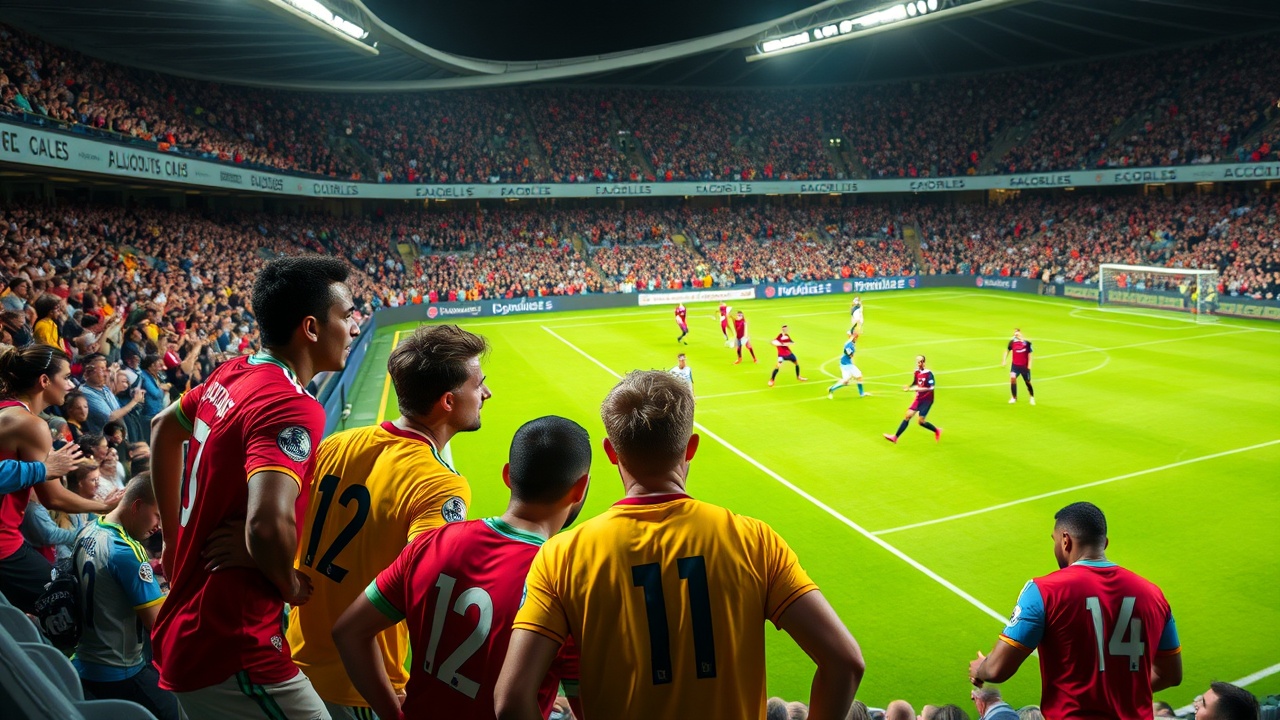Premier League Summer Investments
This summer, clubs in the Premier League have collectively invested over €35 million on 21 players, with a notable trend revealing that 12 of these acquisitions hail from foreign leagues. Liverpool stands out for making the summer’s two most significant purchases, Florian Wirtz and Hugo Ekitike, both originating from Germany’s Bundesliga. Arsenal’s top acquisitions include Martín Zubimendi from La Liga and Viktor Gyökeres from Portugal’s Primeira Liga, while Manchester City has secured Tijjani Reijnders and Rayan Cherki from Serie A and Ligue 1 respectively.
Perceptions of Foreign Players
Such transactions often prompt skepticism, as many local fans can’t help but wonder if these players can thrive in the notoriously demanding Premier League environment. This discussion isn’t new; back in 2010, pundit Andy Gray famously doubted Lionel Messi’s aptitude in cold English conditions, just months after Messi had delivered a stellar performance in the Champions League final. This moment invites an ongoing reflection on the perception of English football’s superiority, particularly when historical perspectives reveal that the Premier League’s past was not so distinguished.
Economic Dominance and Competitive Edge
Fast forward to today, the Premier League boasts a clear economic dominance over other leagues, leading many to believe that it poses the toughest challenge in football. However, this assumption raises questions about lingering stereotypes in English football that linger from a bygone era, particularly the focus on physicality and tactical rigidity.
Every year, debates arise over which league reigns supreme, especially following Champions League performances. But this year’s triumph by Paris Saint-Germain brought an end to those discussions, as many would challenge the notion of Ligue 1 being the best league in the world. In fact, the argument has been settled long ago: the Premier League may not have the top-tier teams as consistently strong as La Liga or Ligue 1 but benefits from unparalleled financial resources that help maintain a competitive edge across all levels.
Financial Insights and Team Strength
Support for this claim is reflected in financial data, with all Premier League teams ranking within the top 50 highest wage bills in Europe. Should wages be equally divided, it would follow that each of Europe’s top leagues would only yield about 10 clubs within that elite circle. Likewise, leading transfer valuations reveal that 12 of the world’s most valuable rosters belong to the Premier League. The sheer amount of talent in English football elevates it above the competition, leading to a robust disparity in team quality.
Analyst Tyson Ni’s work supports this by assessing team strength through betting-market odds, painting a clear picture of the Premier League’s superiority. The average English club, according to his findings, is more likely to win against counterparts from other top leagues, with outperforming margins against clubs from Spain, Italy, France, and Germany.
Playing Style and Tactical Evolution
Moreover, the Club Elo ratings endorse this view, placing all Premier League teams firmly within Europe’s top 50. In contrast, no other league can boast even 10 teams in this elite ranking—a clear indicator of the competitive landscape.
The prowess seen in the Premier League stems from an abundance of talent, often highlighted through statistics that reveal English teams are more aggressive with their passing tactics and less reliant on crossing, favoring instead short, strategic play that culminates in scoring opportunities in congested areas of the pitch. This trend demands an advanced level of technical skill from players, both offensively and defensively.
However, while the Premier League accelerates playing tempo with increased urgency and shorter passes, overall goal tallies do not significantly exceed those seen in rival leagues. The defensive challenges are exacerbated, requiring teams to handle rapid transitions and work harder to fend off defensive threats within their penalty areas.
Challenges for Foreign Players
The evolution of the Premier League has also been influenced by top-tier coaches who have introduced advanced tactical methodologies, shifting it away from the stereotype of a purely physical league. Nevertheless, the fundamental essence of the league persists in its dynamic, high-energy style of play, emphasizing speed and endurance.
Recent statistics from Gradient Sports reveal that Premier League players consistently achieve the highest speeds compared to their European counterparts, indicating not just a physical edge but also translating to a tactical advantage in match scenarios. Surpassing others in terms of sprinting frequency and speed creates a distinct challenge for foreign players trying to acclimate.
Ultimately, these factors complicate the process of transferring talent from other leagues into the Premier League successfully. Those looking to make the jump must be equipped not only with technical abilities but also the physical prowess and intelligence to navigate the complexities inherent to this highly competitive environment. In essence, a player’s success in transitioning into the Premier League hinges upon their ability to perform at higher speeds and consistently deliver under intense pressure, ultimately shaping a league that is uniquely challenging for newcomers.




